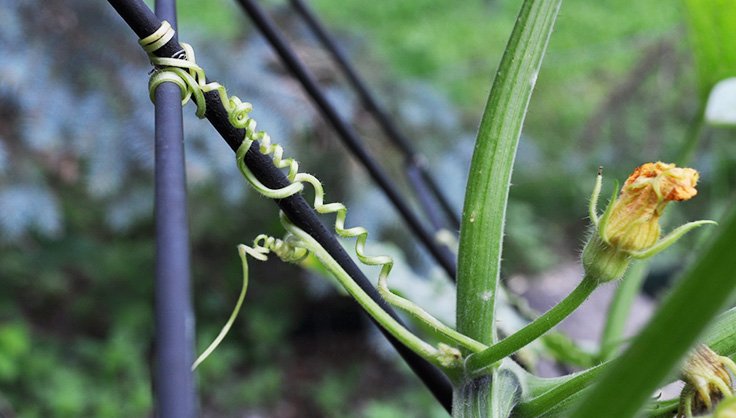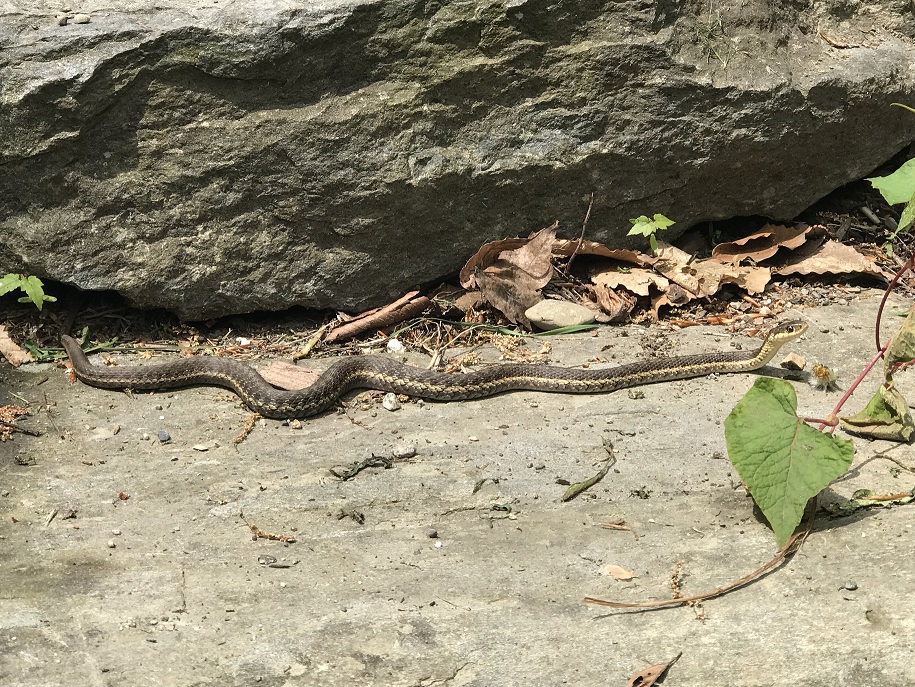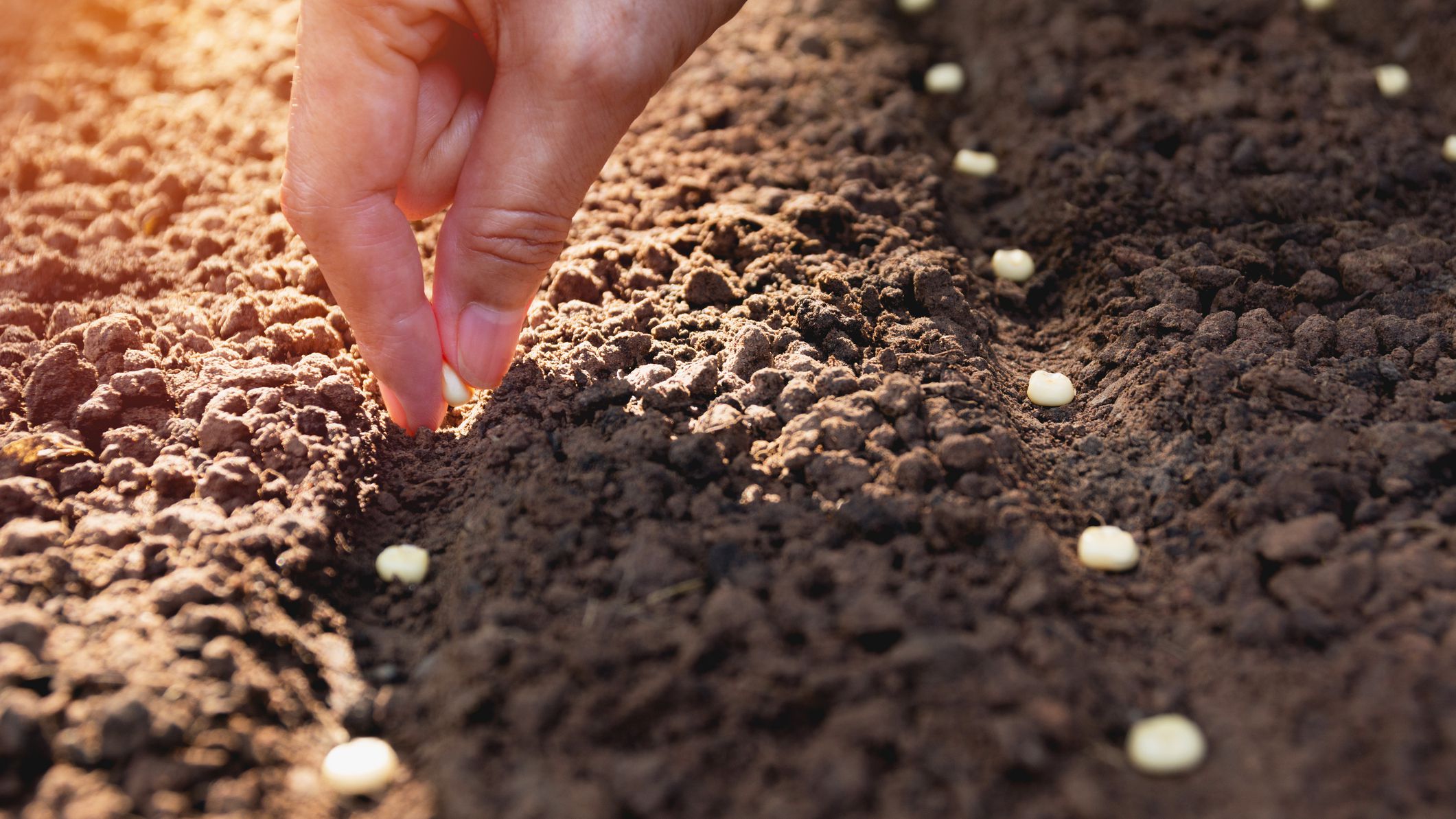Well it’s finally time to start planting the garden! We are here in South Western Ontario which is Zone 6a or 6b, depending on the chart you use. This means that our final frost date is May 15 and if you look at the Weather Network, I think they agree.
First Things First
Bob has spent the week preparing our garden soil. This is a new plot so the ground needed a little extra love this first year. He plowed up a 1 acre plot, ran the cultivator over it several times, in many different directions and finished it off with the rototiller. We have worked in compost to add nutrients, aerate the soil and help to retain moisture.
While he was doing that, I was busy creating our Garden Layout. Please feel free to download our plan below.
Planting Schedule
Some seeds and seedlings are known as Cold Weather Crops, which means the will tolerate soil temperatures below 15 degrees Celsius.
- Broccoli
- Cauliflower
- Corn
- Spinach
- Squash
- Kale
- Spring Garlic
You can download our planting schedule below:
As you can see in our schedule, we plan to plant the garden over the next few weeks. Everything should be in by the first of June.
2nd Planting
Some crops have a very short season, so you are able to plant a second, or possibly a third crop. Peas, Lettuce, Radish and Beans will be planted every 2 weeks until mid June. These plants do not tolerate the heat so our temperatures mid July and August are too much for them.
Spinach is also a cool weather crop, so we will plant it again mid August for a fall harvest.
Trellis
Some of our plants will require support as they grow, so we will build them arched trellis. We have a roll of cattle fencing left over from years gone by. I will do a post about building trellis at a later date.
Even if you have acres of space to garden, growing plants upward, on some type of support offers other benefits.
- Fruits and vegetables are lifted off the ground, where they would get splashed with soil, exposed to more diseases and risk rotting.
- It’s harder for four-footed pests to reach the fruits, although not impossible. They will have to climb and support themselves while munching.
- Trellised plants are exposed to more sunlight, which will help fruits ripen faster and allow for more photosynthesis.
- Air circulation is better. This will keep the leaves drier and help prevent fungal diseases. It will also cause the leaves to desiccate during hot, sunny, or windy times, so extra watering might be necessary.
- Pollinators will have an easier time flitting from flower to flower.

Plants that love to grow up:
Cucumbers and Indeterminate Tomatoes are the most popular climbers. They are easy and don’t require a lot of support.
Larger fruits such as melons, pumpkins, gourds or squash will require a heavier trellis to support the weight of both the fruit and the plant. The fruit will need a “nest” to avoid falling to the ground prematurely. I will talk about all of this a little later on.
Weed Control
We want to grow our food as naturally as possible, so herbicides are out of the question. We also love budget friendly solutions to just about everything.
- Old Straw – you can ask a local farmer if they have old straw laying around in the loft that is just taking up space. If you do the work, they may just let you have it for free. Plan to put down a thick layer to suffocate weeds and retain moisture. Straw can be worked back into the soil in the fall when you garden is finished.
- Mulch – Most Arborists would love to drop a load of mulch off in your driveway if they are doing a local job. Call around and see if you can get some free mulch. Again, plan on a thick layer and work it back into the soil in the fall.
- Clover – Clover is an excellent ground cover as it attracts pollinators to your garden, adds beneficial nutrients to the soil, retains moisture and aerates the soil. It is a very social plant, meaning it grows nicely with all your fruits & veggies.

Pest Control
Rodents, rabbits, coyotes, skunks and much more love to eat fresh from the garden. Trellis planting is a great way to reduce the loss from pests.
Attracting Garter Snakes to your garden will save you loads of time and money! When these snakes move in, everything else will move out!
Snakes require cool, damp places to hide. Building a rock pile or adding some rotting wood to your garden will surely do the trick.
What are you Planting?
Comment below to tell us what you are growing this year or ask questions, we love to hear from you.


Leave a Reply